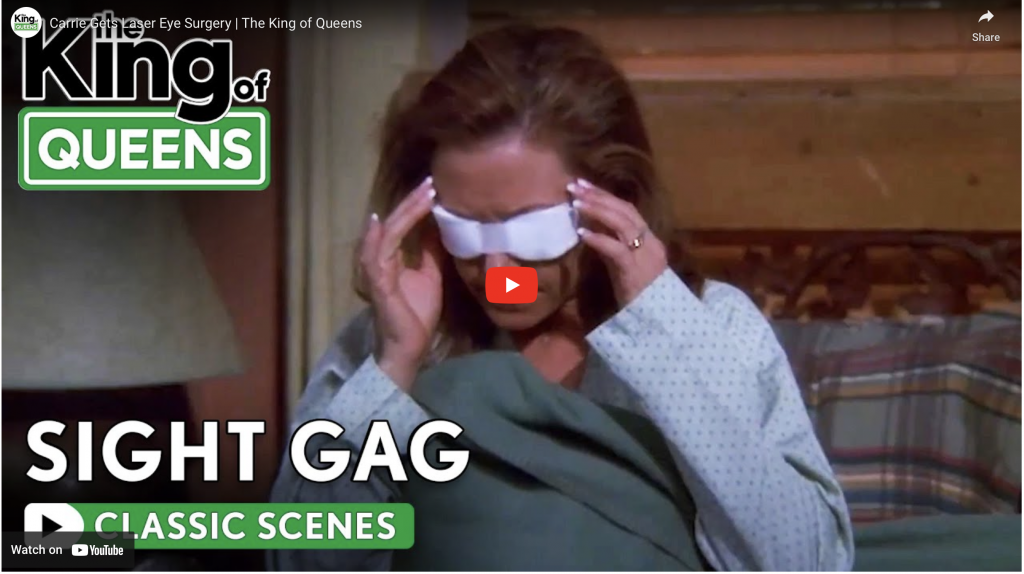In the bustling city of Dallas, a successful ophthalmology practice initiated an aggressive campaign to promote their refractive lens exchange (RLE) procedure. With a robust Google AdWords strategy, they generated over 90 leads, signaling a high potential for business expansion. They even utilized Opticall, a professional service adept at handling calls, managing to schedule 13 consultations from the numerous leads. However, despite these promising numbers, the campaign stumbled and did not achieve its intended success. The reason: an inadequate infrastructure to cater to elective surgery patients and an approach that may have prematurely screened out potential patients.
What is Refractive Lens Exchange (RLE) Procedure?
Refractive Lens Exchange (RLE), also known as Clear Lens Exchange (CLE), is a surgical procedure that aims to improve refractive errors by replacing the natural lens of the eye with an artificial one. It’s primarily used to correct presbyopia (age-related long-sightedness) and high myopia (nearsightedness), but it can also be utilized for other refractive errors such as hyperopia (farsightedness) and astigmatism. RLE is typically performed in place of LASIK due to high prescriptions or due to age. Often, patients over the age of 50 might be a better RLE patient vs LASIK, due to near vision loss or presbyopia. Patients that undergo the refractive lens exchange procedure never have to worry about cataracts, because the natural lens of the eye where cataracts form is replaced by an artificial lens implant or IOL.
Cost & Failure
The RLE campaign aimed to draw in those seeking alternatives to LASIK vision correction, albeit at a significantly higher cost – more than double that of a typical LASIK procedure. In an attempt to set clear expectations about the cost difference, the practice even made proactive calls to patients. However, this transparency, while admirable, was detrimental to the campaign’s success.
While Opticall efficiently managed the influx of calls and booked consultations, the practice was unprepared to offer the VIP treatment that elective surgery patients typically anticipate. This was due to the refractive coordinator already seeing close to 250 cataract patients a month for premium IOL education and possible conversion.
LASIK, RLE and other elective procedures are often perceived as luxury treatments, and patients rightfully expect a premium, highly personalized experience. The practice’s failure to provide this individualized journey proved unsuccessful.
Furthermore, the practice’s refractive coordinator undertook the task of “weeding out” potential patients in the pre-consultation phase, after Opticall booked the initial consultations. In good faith, the refractive coordinator because of his already busy schedule, called the booked consultations, educated them briefly on RLE and went over pricing. Again, more than 2x the cost of LASIK. Industry averages for LASIK range from $3500-$5000, while RLE ranges from $10,000-$12,000 for both eyes. Unfortunately, this misstep deterred most of the booked RLE patients, not giving them a chance to get approved for financing, (a key to RLE patient conversion) or seeing a doctor for Q&A.
This approach led to only one patient from the initial 13 consultations being scheduled for surgery, suggesting a potential misstep in prematurely screening out potential surgical patients.
For elective surgeries like RLE, the journey is seldom linear. It’s not just about calling, booking, and showing up for surgery. It involves a physical visit to the practice, in-depth understanding of the procedure benefits, and securing financing due to the high cost associated with RLE. In this case, the practice did not adequately facilitate these crucial steps, adding another layer of challenges to their campaign.
So, what can other practices learn from the experience of this Dallas-based ophthalmology practice?
First and foremost, it’s crucial to have a robust infrastructure. Running a campaign promoting an elective procedure requires a practice to deliver a VIP experience – from the first phone call to post-operative care.
Secondly, patient communication and guidance are vital. The process involves more than just providing information; it’s about leading patients through their journey, making them comfortable with their decisions, including facilitating their understanding of financing options. Remember, financing approval is the key to overcoming the price objection, in anything from cars, homes and RLE.
Lastly, the patient journey must be managed holistically. From the physical visit to the discussions around financing, each touchpoint contributes to securing a patient’s commitment to the procedure.
The experience of this Dallas ophthalmology practice underscores that a well-orchestrated marketing campaign is only as successful as the service and infrastructure supporting it. Leads alone cannot ensure success if the practice is not fully equipped to cater to all the patients’ needs. In the realm of elective procedures, a comprehensive, patient-focused approach is essential to transform potential interest into committed patients.


